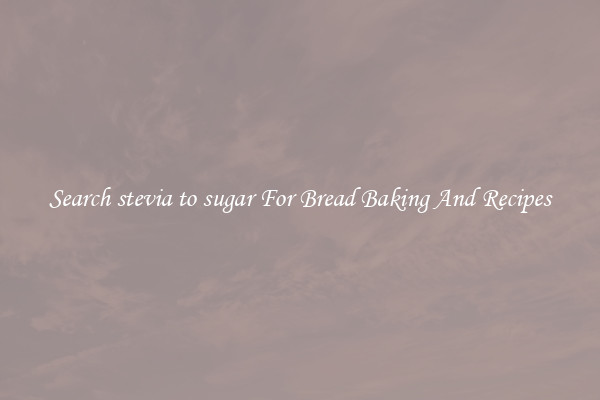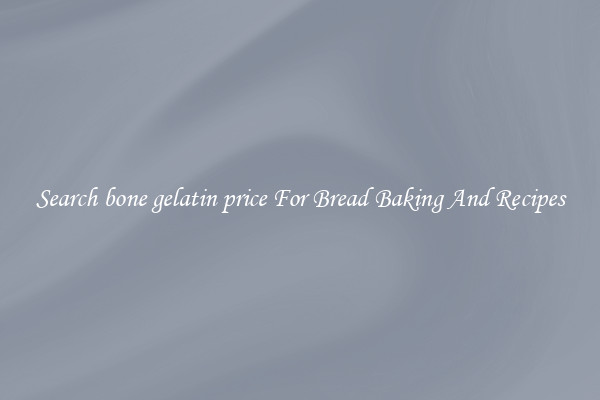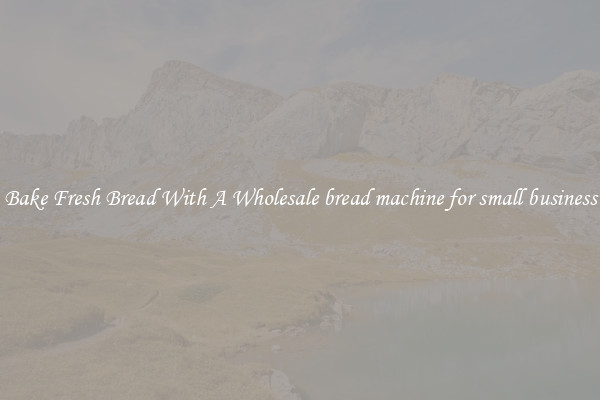Search stevia to sugar For Bread Baking And Recipes
Stevia has become increasingly popular as a natural alternative to sugar in baking and cooking. This sweetener comes from the leaves of the Stevia rebaudiana plant, which is native to South America. Stevia has zero calories and is much sweeter than sugar, making it a great option for those looking to cut back on their sugar intake.

When it comes to bread baking, using stevia instead of sugar can be a game-changer. Stevia can be used in a variety of bread recipes, both sweet and savory. It can help to sweeten bread without adding extra calories or affecting the texture of the final product. In fact, stevia is often used in gluten-free baking recipes to add sweetness without the need for traditional sugar.
One of the key benefits of using stevia in bread baking is its ability to help regulate blood sugar levels. Stevia has a low glycemic index, meaning it does not cause a rapid spike in blood sugar like traditional sugar does. This can be especially beneficial for those with diabetes or those looking to manage their weight.
When using stevia in bread recipes, it's important to remember that it is much sweeter than sugar. This means that you'll need to use much less stevia than you would sugar in a recipe. A good rule of thumb is to use about one-third to one-half the amount of stevia as you would sugar.
There are also different forms of stevia available, including liquid stevia and stevia powder. Liquid stevia is often preferred for baking as it dissolves quickly and evenly in the batter. Stevia powder can be more difficult to incorporate into recipes, but can be a good option for those looking to avoid added liquids in their baking.
Overall, using stevia instead of sugar in bread baking can be a healthier and more nutritious choice. It's a great way to cut back on calories, manage blood sugar levels, and still enjoy delicious baked goods. So, next time you're in the kitchen baking bread, consider reaching for the stevia instead of sugar. Your body will thank you.

View details

View details

View details

View details







